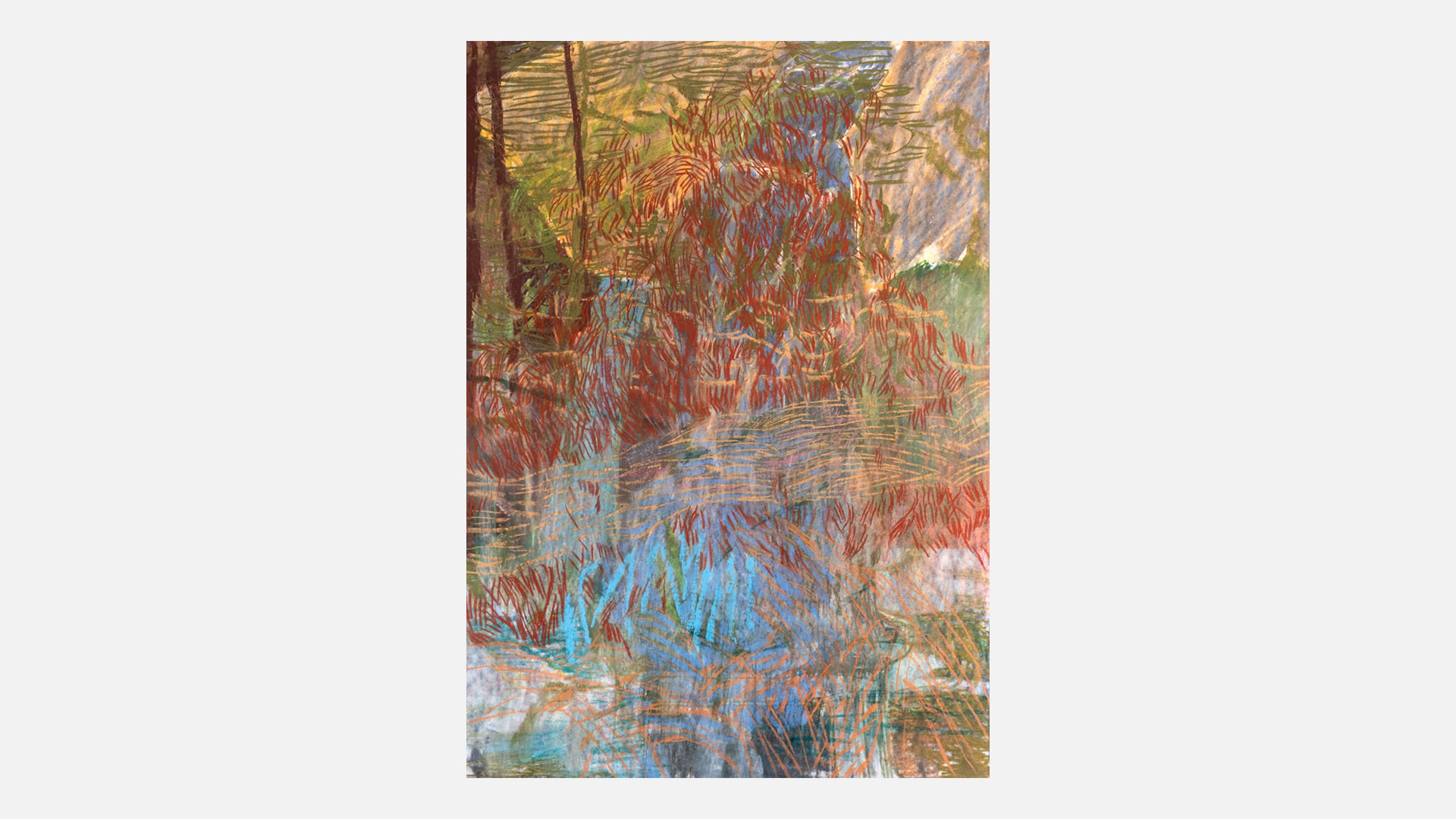“It was possibly one of the oldest roads in the world. I found it hard to think of a time when there was no road there because the trees and the tall hills and the fine views of bogland had been arranged by wise hands for the pleasing picture they made when looked at from the road. Without a road to have them looked at from they would have a somewhat aimless if not a futile aspect.“ (The Third Policeman, Flann O´Brien)
The idea of a ‘beautiful nature’ is determined by nature’s relation to culture. From a human perspective, the natural world forms a perfect counterpart to civilisation: raw, uncorrupted and sublime. Yet, a landscape (or, beautiful nature) cannot exist without first being observed. As a cohesive entity, nature is formed when it meets contemplation, even if it is considered primordially wild and beautiful. Though the concept of nature is culturally determined, there is a paradoxical human desire for the natural world to be untamed and untouched, symbolising everything that is not human-made, artificial or technological. The natural world is suspended in opposition to human life, and yet this notion is entirely constructed by human thought.
Anna Gille’s exhibition „All of nature unspoiled – beautiful – beautiful“ is a collection of drawings from her ongoing project WINDOW, in which she examines both real and virtual landscapes. Gille’s drawings are based on images of physically existing landscapes—gardens, parks, forests and wastelands—as well as screenshots of virtual landscapes found in computer games or 3D simulations. She draws as well from memories of a childhood spent in the fields and forests surrounding Berlin. At first glance, the landscapes cannot be clearly located, and most are horizonless and abstract. Through her work, Gille attempts to open up an immersive space in which natural phenomena and human-made objects dissolve into surfaces and patterns, collapsing the false dichotomy she observes between humankind and nature, the built and the natural. A garden, she surmises, is as much a fabricated environment—arranged as a work of art—as it is naturally occurring. It is both as fictitious and as real as virtual space. By the same token, a digitally rendered landscape can be an imitation of nature par excellence, and for this reason Gille challenges its implicit artificiality. In WINDOW, Gille’s evocative illustrations explore the liminal space between the natural and the artificial, emphasising what is to be found in the blurred boundaries between built and natural environments, and between the ‘real’ and the ‘virtual’. As a whole, the series ultimately works to find natural beauty in unexpected places.
